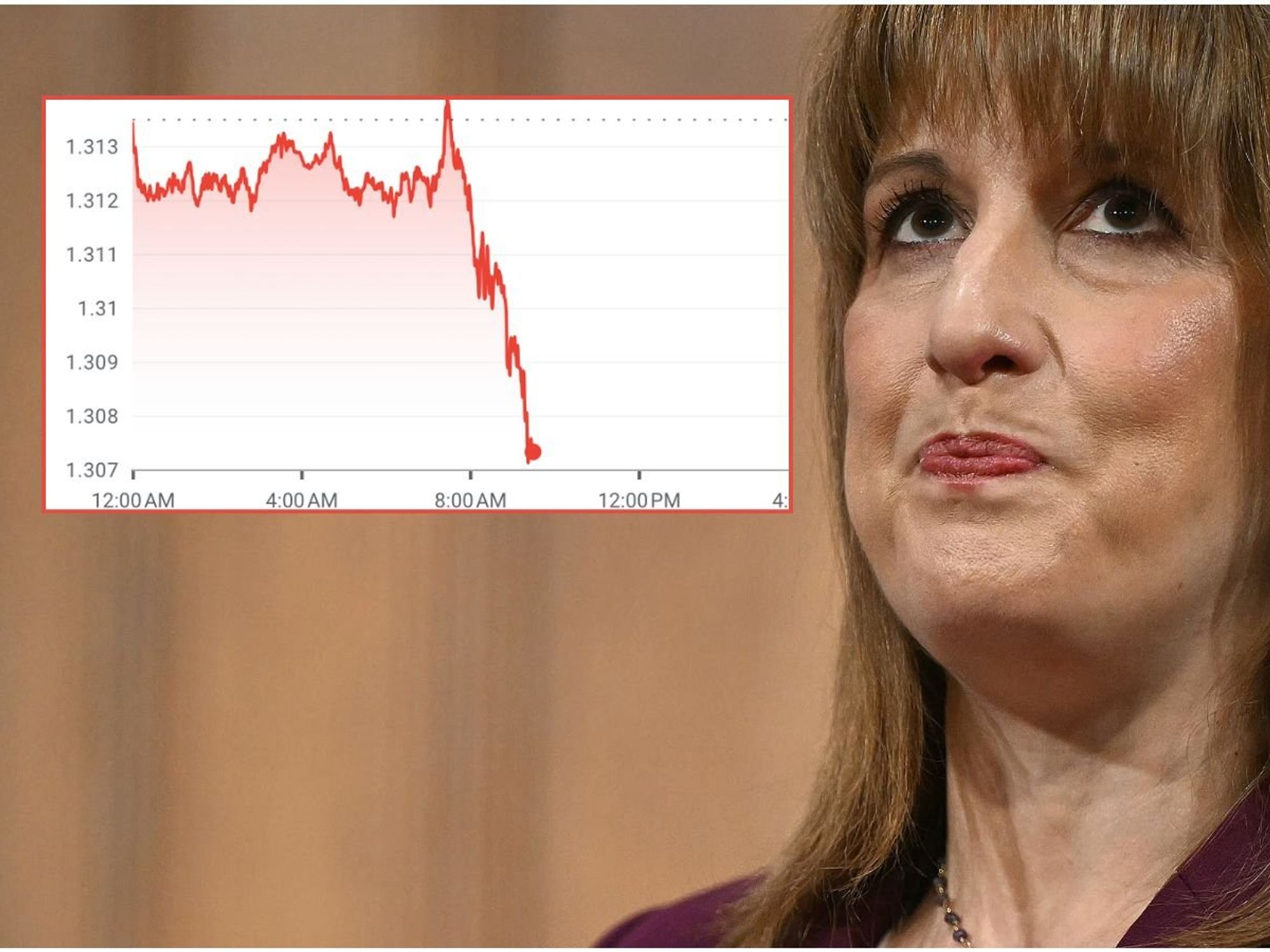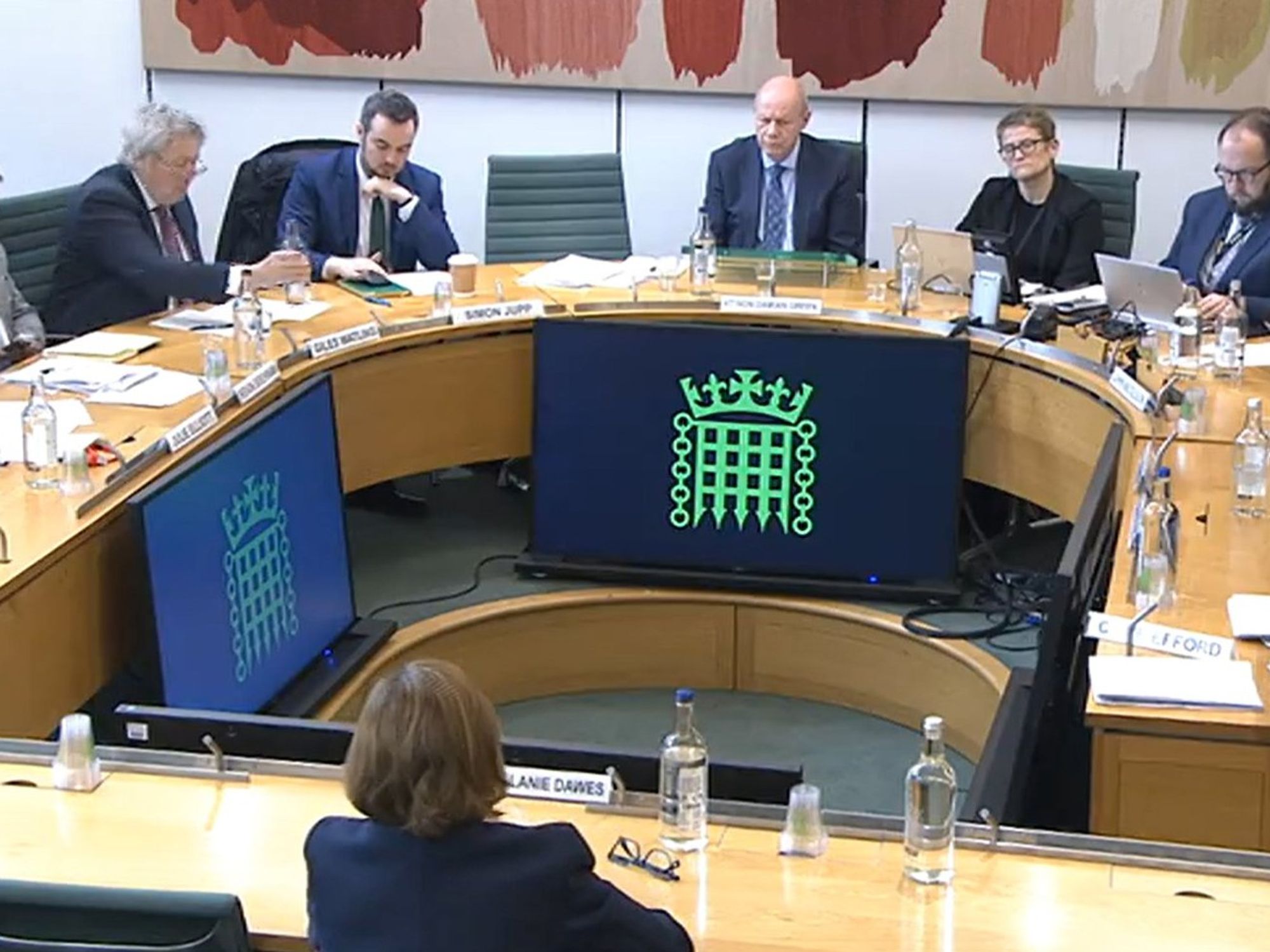Space breakthrough as scientists find most powerful explosion ever seen in the universe - 'Something unusual!'

These events are capable of emitting 100 times the energy a supernova produces in a year
Don't Miss
Most Read
Scientists have made an extraordinary discovery in deep space, identifying the most powerful explosions ever observed in the known universe.
These cosmic blasts, called extreme nuclear transients or ENTs, dwarf even the brightest supernovae in their sheer intensity.
The explosions occur when enormous stars, far larger than our Sun, venture too close to supermassive black holes and are torn apart.
This violent destruction releases staggering amounts of energy that travel across the cosmos.
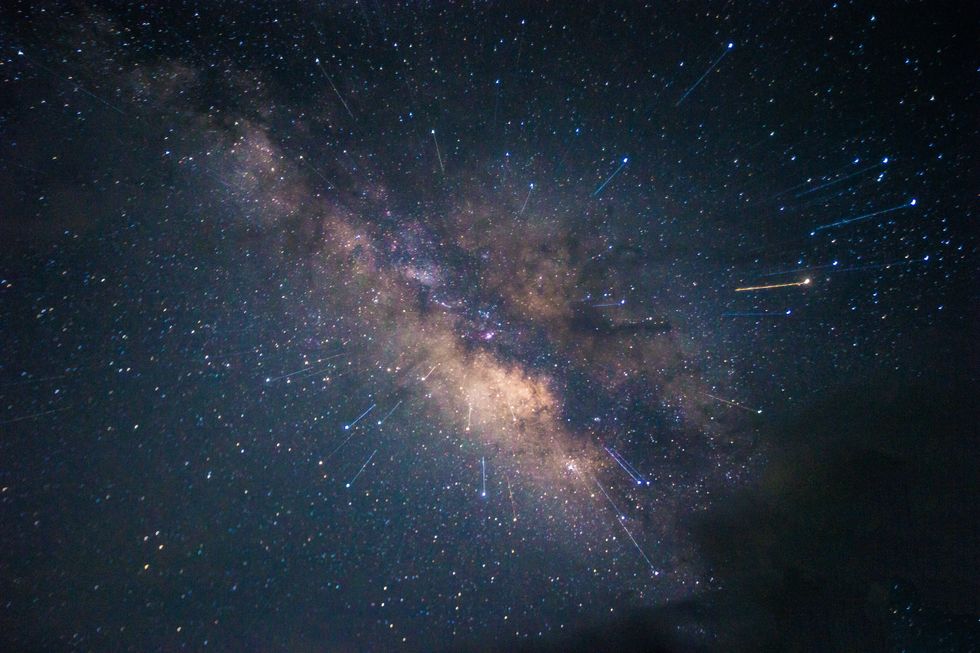
Scientists have made an extraordinary discovery in deep space, identifying the most powerful explosions ever observed in the known universe
|Getty
The most energetic ENT detected releases 25 times more energy than the most powerful known supernova.
These events are capable of emitting 100 times the energy a supernova produces in a year.
Jason Hinkle, who led the study, said: "We've observed stars getting ripped apart as tidal disruption events for over a decade, but these ENTs are different beasts, reaching brightnesses nearly 10 times more than what we typically see."
"Not only are ENTs far brighter than normal tidal disruption events, but they remain luminous for years, far surpassing the energy output of even the brightest known supernova explosions."
LATEST DEVELOPMENTS:
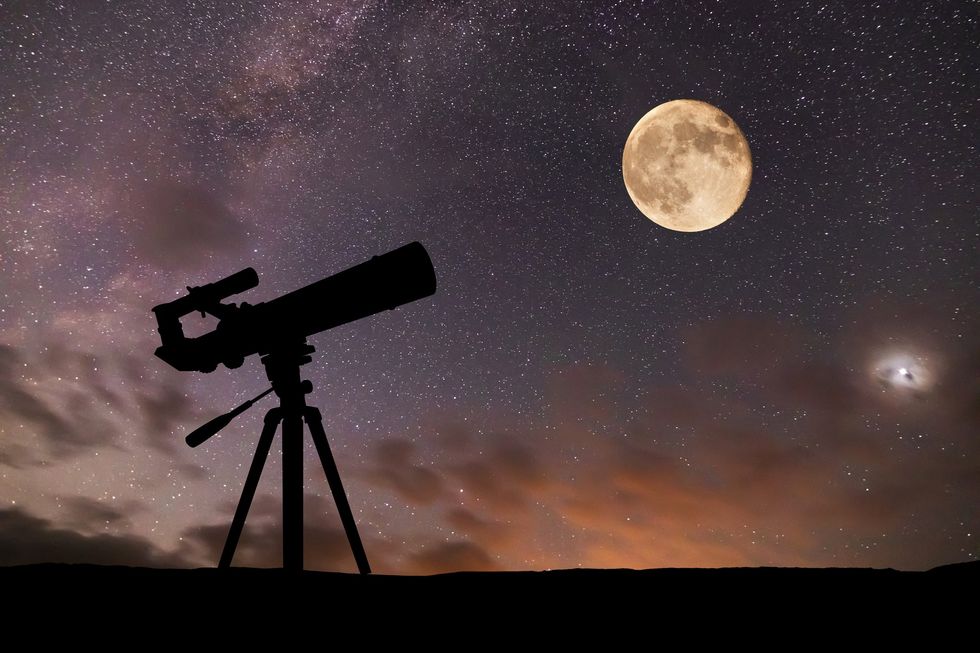
The discovery emerged from research examining flares from galactic centres
|Getty
The discovery emerged from research examining flares from galactic centres.
Whilst analysing data from the European Space Agency's Gaia telescope, Hinkle identified two unusual flares with unexpected characteristics.
He said: "Gaia doesn't tell you what a transient is, just that something changed in brightness. But when I saw these smooth, long-lived flares from the centres of distant galaxies, I knew we were looking at something unusual."
Years of research followed, eventually uncovering a third ENT and confirming these events represent an entirely new category of astrophysical phenomenon.
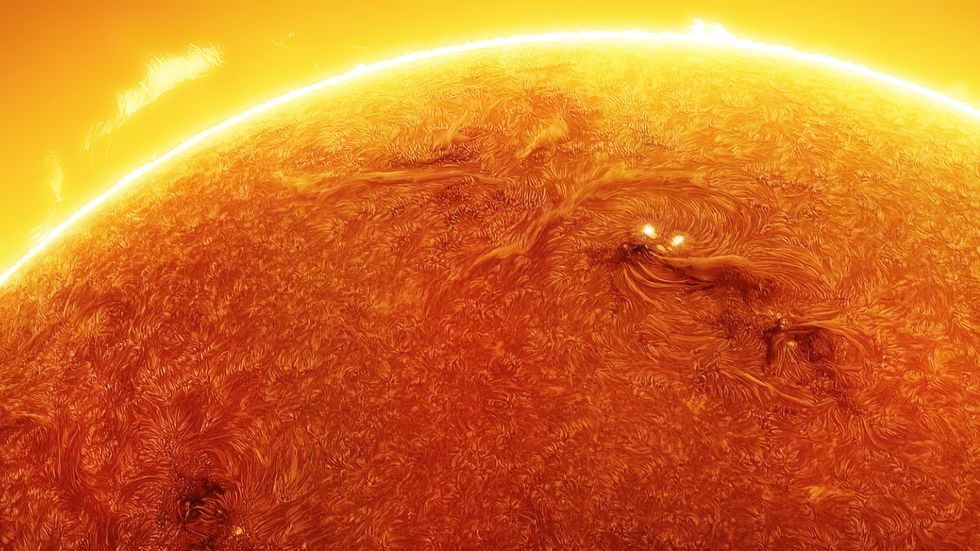
The violent destruction releases staggering amounts of energy that travel across the cosmos
|Getty
Benjamin Shappee, a co-author on the study, said: "ENTs provide a valuable new tool for studying massive black holes in distant galaxies.
"Because they're so bright, we can see them across vast cosmic distances and in astronomy, looking far away means looking back in time.
"By observing these prolonged flares, we gain insights into black hole growth when the universe was half its current age."
However, ENTs remain exceptionally rare, occurring at least 10 million times less frequently than supernovae.
Researchers anticipate that forthcoming instruments like the Vera C Rubin Observatory and Nasa's Roman Space Telescope will enable the discovery of more such events.








